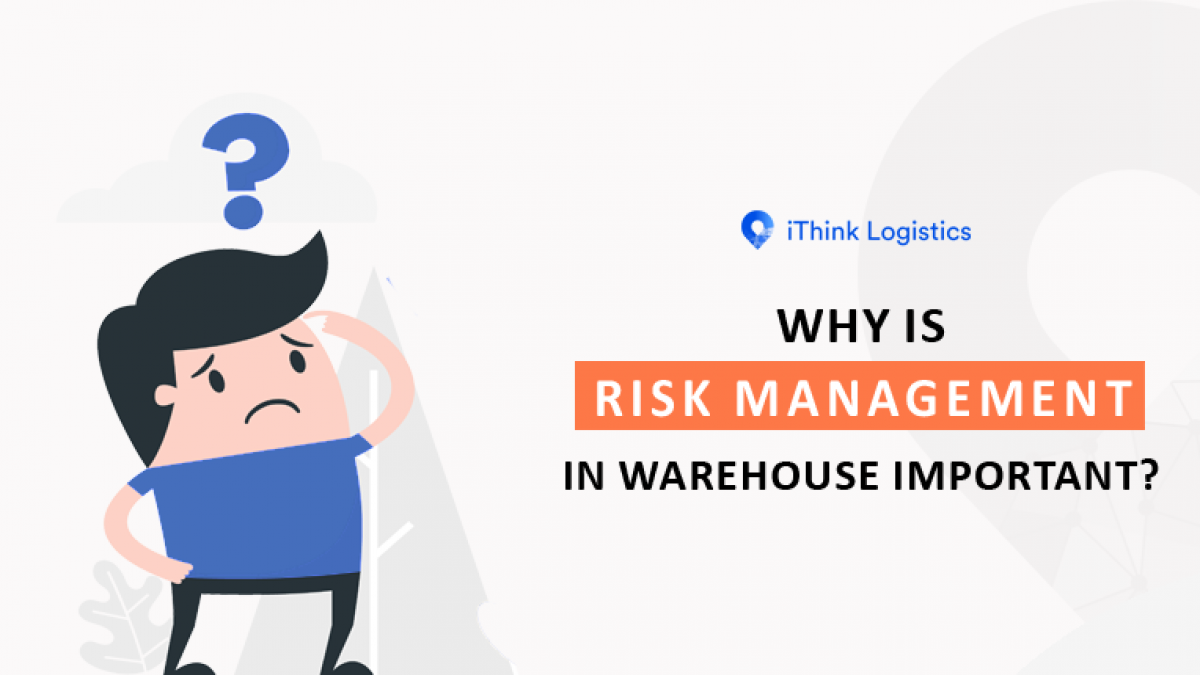How the Importance of Risk Management Facilitates Successful Project Outcomes
How the Importance of Risk Management Facilitates Successful Project Outcomes
Blog Article
Exploring the Importance of Risk Management for Effective Decision-Making Strategies
In the intricate globe of company, Risk Management emerges as a critical factor in the decision-making process. The capability to recognize prospective threats and possibilities, and strategize accordingly, can lead to the distinction in between success and failure.
Recognizing the Concept of Risk Management
Risk Management, a vital element in decision-making, is typically misunderstood or oversimplified. Usually, it describes the identification, evaluation, and prioritization of dangers to reduce, check, and manage the probability or effect of unfavorable events. Nonetheless, it's not simply concerning protecting against negative end results, however also about identifying possible opportunities. Risk Management includes disciplined and structured methods, using information and insightful assessments. It requires a thorough understanding of the organization's context, goals, and the potential risks that can obstruct them. From economic uncertainties, lawful obligations, tactical Management mistakes, to mishaps and natural catastrophes, it addresses different dangers. Importantly, efficient Risk Management is not stationary; it's a constant, progressive process that evolves with changing scenarios.
The Function of Risk Management in Decision-Making Processes
In the realm of strategic preparation and service procedures, Risk Management plays an important duty in decision-making processes. Risk Management therefore ends up being a vital tool in decision-making, helping leaders to make enlightened options based on a detailed understanding of the risks entailed. Risk Management offers as an essential element in the decision-making procedures of any type of organization.

Exactly How Risk Management Improves Strategic Planning
In the context of tactical planning, Risk Management plays a pivotal function. Initiating with the recognition of prospective risks, it further reaches the application of Risk mitigation measures. The duty of Risk Management is dynamic yet not fixed, as it demands consistent tracking and adjusting of techniques.
Identifying Prospective Risks

Carrying Out Risk Mitigation
Having established the significance of determining prospective dangers, the next step is to explore Risk mitigation. This process includes establishing and carrying out methods to handle determined dangers efficiently. It is a vital aspect of strategic planning as it boosts decision-making by decreasing possible unfavorable results. Risk reduction approaches can range from Risk evasion, Risk transfer, to risk reduction. Each strategy needs to be customized to the certain Risk, considering its potential effect and the company's Risk tolerance. Furthermore, effective Risk mitigation requires a deep understanding of the Risk landscape and the prospective effect of each Risk. This understanding makes it possible for organizations to focus on dangers and allocate sources successfully, making sure that the most substantial hazards are addressed first.
Monitoring and Readjusting Techniques
Though Risk mitigation is an essential step in strategic planning, continual surveillance and modification of these methods is similarly essential. It also provides an opportunity to evaluate the success of the Risk Management steps, allowing adjustments to be made where essential, additional improving tactical planning. Tracking and changing Risk Management methods is a vital component for boosting a company's resilience and strategic planning.
Situation Studies: Successful Risk Management and Decision-Making
Worldwide of company and finance, successful Risk Management and decision-making often function as the columns of thriving enterprises. One such entity is an international oil firm that alleviated monetary loss by hedging against fluctuating oil prices. In an additional circumstances, a tech startup grew by determining and accepting risky, high-reward approaches in an unstable market. A worldwide bank, confronted with governing uncertainties, successfully browsed the circumstance through aggressive Risk evaluation and vibrant decision-making. These cases highlight the value of sharp Risk Management in decision-making processes. It is not the lack of Risk, however the Management of it, that often differentiates effective companies from not successful ones. These cases our website emphasize the vital role of Risk Management in calculated decision-making. importance of risk management.
Devices and Methods for Reliable Risk Management
These tools, such as Risk signs up and warmth maps, help in recognizing and analyzing potential dangers. Risk reaction techniques, an essential component of Risk Management, entail approving, preventing, transferring, or mitigating risks. With these strategies and devices, decision-makers can browse the complicated landscape of Risk Management, therefore promoting educated and efficient decision-making.
Future Patterns in Risk Management and Decision-Making Approaches
As we explore the his response huge landscape of Risk Management, it ends up being noticeable that the methods and devices used today will proceed to evolve. The concept of Risk society, where every participant of a company is mindful and involved in Risk Management, will obtain more prominence. These patterns advertise an even more proactive and inclusive technique in the direction of Risk Management and decision-making.
Final thought

Risk Management hence ends up being an essential device in decision-making, assisting leaders to make informed selections based on a why not try this out detailed understanding of the dangers involved. Risk mitigation strategies can vary from Risk evasion, Risk transfer, to risk decrease (importance of risk management). Efficient Risk mitigation requires a deep understanding of the Risk landscape and the potential influence of each Risk. Risk action strategies, a vital element of Risk Management, entail accepting, avoiding, moving, or mitigating risks. The idea of Risk culture, where every participant of a company is aware and included in Risk Management, will obtain a lot more prominence
Report this page